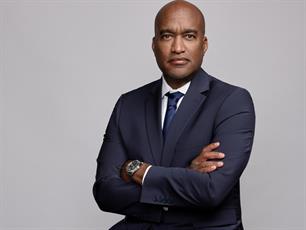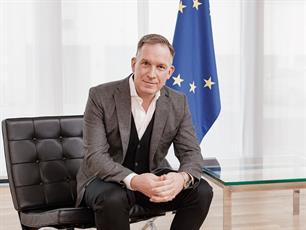Arun Sudhaman 07 Feb 2014 // 1:27PM GMT
Our annual Influence 100 listing typically reveals a wealth of information about the world's 100 most powerful in-house communicators. Collectively, for example, they control budgets of more than $6.5bn, a fairly clear indication of the stature of the individuals who made the cut.
Perhaps the most revealing finding, particularly where the future of engagement is concerned, comes from the operational duties held by the Influence 100. Today's companies are learning that successful public relations often involves a collision of traditionally distinct disciplines — communications, marketing, CRM, social media — made more vivid by the need to fuse paid, earned and owned media to good effect.
This is a phenomenon that many organizations have struggled with, but I've long held the view that agencies are not necesssarily to blame. Instead, for integration of this type to really happen, it requires companies to genuinely eliminate traditional silos and break down the 'fiefdoms' that typically define organizational structures.
I should note at this point that am indebted to Lou Hoffman for pointing out the increasing number of Influence 100 personnel that now oversee marketing and communications. 22 of the Influence 100 operate in these kinds of roles, compared to 15 last year, while a further two — Sue Clark and Margit Wennmachers — hold senior management roles that include operational responsibility.
As Hoffman noted in his response to our Influence 100 coverage, 'fiefdomville' handicaps many companies from integrated campaigns. "If the one person at the top umbrellas all functions, the walls more readily come down."
He is not wrong, and it is certainly a trend that bodes well for the future of engagement. Whether it will benefit chief communications officers is another question altogether, one investigated by Paul Holmes in his 2013 post on the CCO's prospects for survival. Many of these integrated functions, it has to be said, are being led by marketers, backed by bigger budgets and, typically, a willingness to take on risk.
Among the Influence 100, however, are several public relations execs who have successfully shifted into broader roles. These include GE's Beth Comstock, IBM's Jon Iwata, Simon Sproule at Nissan, Honeywell VP Tom Buckmaster and Twitter's Gabriel Stricker. It is, perhaps, no coincidence that all of these companies are high-achievers in terms of marketing, communication and reputation management. Other companies could do worse than learning from these examples to address their own debilitating 'fiefdoms'.


































.jpg)





.tmb-135x100.jpg)











